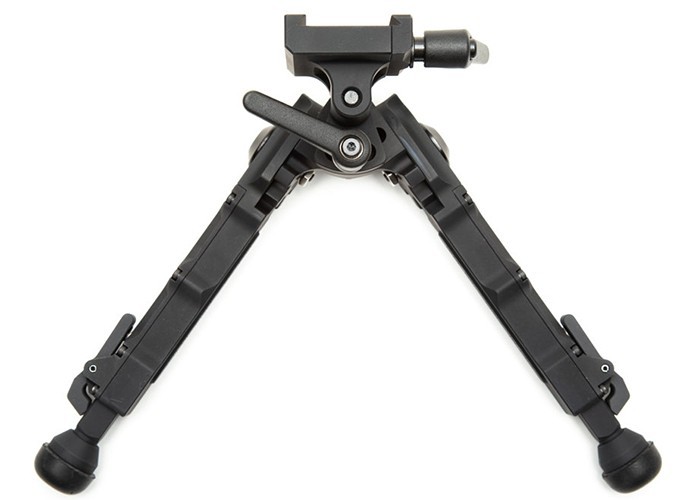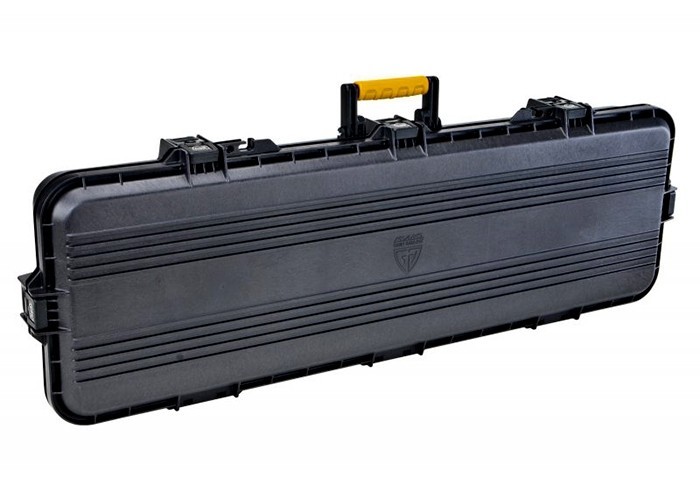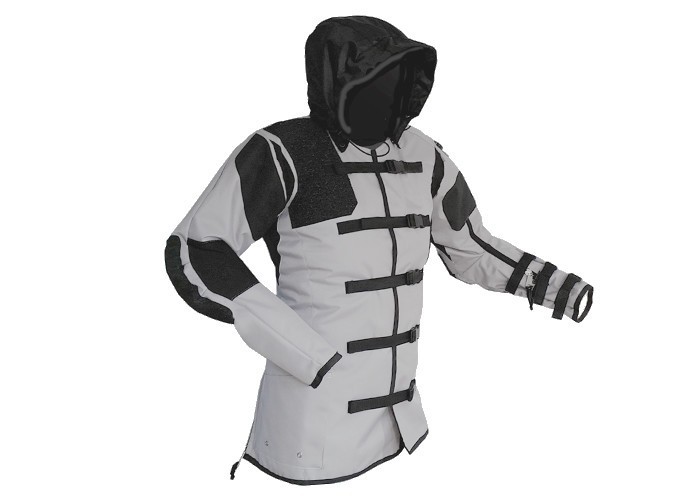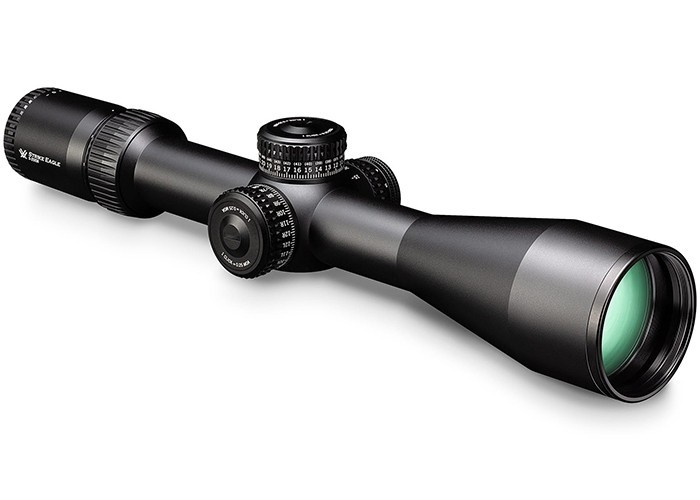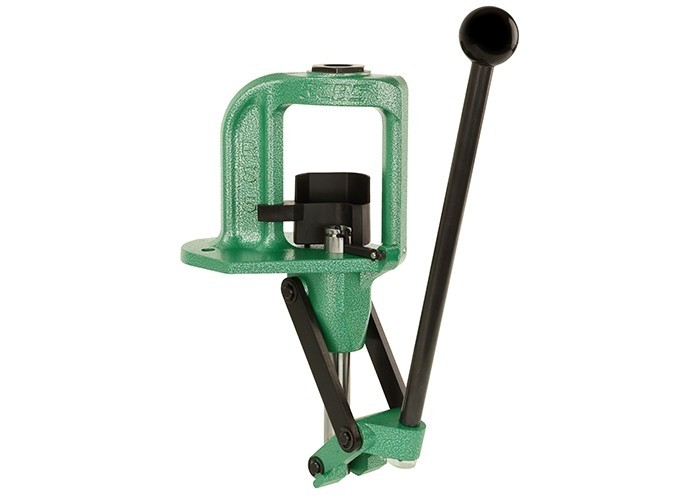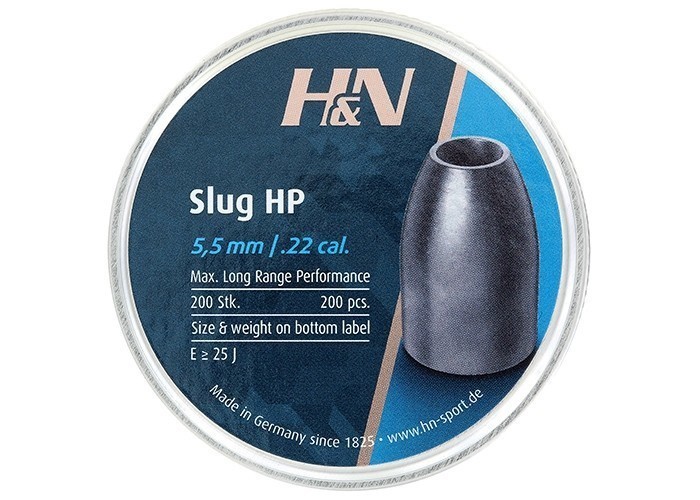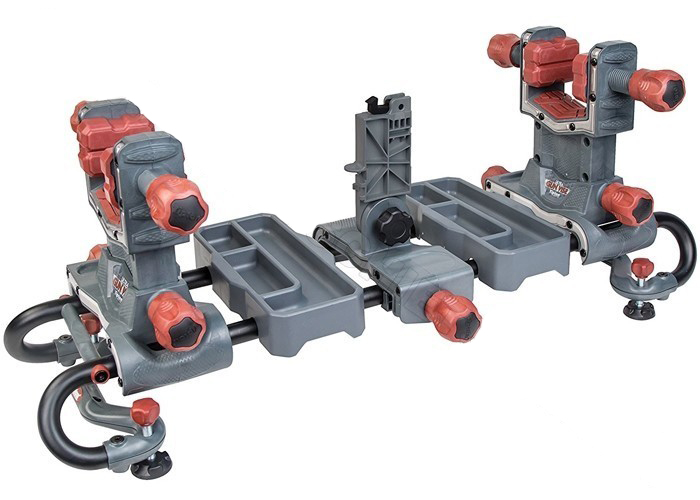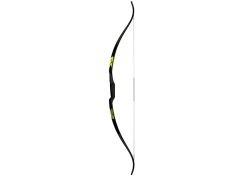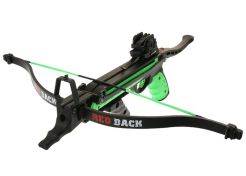Which bow and arrow can I buy?
Bow and arrow is a common name for quite a range of products. We’ve put these products into three categories:
- Traditional bow: this is what everybody recognises as being a ‘bow and arrow’. It’s the most traditional form of archery that also needs the most input of force and coordination.
- Crossbow: you can look at the crossbow as being a mix between a bow and a pistol or rifle. The bow is cocked instead of drawn and with a release mechanism the tension in the string is held until you’re ready to shoot and pull the trigger. This means you can relax your muscles while aiming.
- Airbow: simply put, this is an air rifle that doesn’t fire pellets but propels an arrow. The arrow is hollow and it’s slid over the barrel. A build-up of powerful air pressure will send it on its way.
Are a bow and arrow legal?
Please note that in this answer, we use the Dutch law as a guideline as it’s not dissimilar to the law in many other countries. However, please make sure these laws are also applicable in your own country. We don’t take responsibility for any use or ownership of a bow and arrow.
Over here, a conventional bow and arrow are legal. Everybody can own and use one, but please realise that it’s not a toy and the use of a bow and arrow brings a certain responsibility. This means you don’t mess about, but use your common sense. Think about where an arrow will end up if you’re going to miss the target. And realise that certain locations might not be the best ones for using a bow and arrow.
A crossbow and airbow are a bit more constricted here. You need to be eighteen to buy one and although no further permit is needed, you do need to show your ID to buy a crossbow or airbow. After that, ownership is perfectly legal, but -no surprise here- it comes with responsibilities too. Regarding transporting and having them on hand, there are regulations too. We’ll explain those further on this page under the header ‘Where can I shoot with a bow and arrow?’.
Where can I shoot with a bow and arrow?
Again, we’re describing the situation over here in the Netherlands, as it seems consistent with many other countries. But please check the rules and regulations in your own country to confirm. We don’t take responsibility for illegal use or misuse of a bow and arrow.
Right, having said that, over here no law forbids a conventional bow and arrow to be carried and used. A crossbow and airbow (airgun) however, are subject to legislation. You can only have these on hand and use them on your own property or the property of someone who gave you permission. And transporting them means you have to do so in such a way, that they’re not ready for grabbing. This means using a case or bag.
We strongly recommend that you also apply these rules and regulations to a conventional bow and arrow. It’s just good practice. It’s always good to err on the side of caution. While over here a conventional bow and arrow aren’t mentioned in legislation, there’s also local law to consider. This means certain towns or cities can have their own legislation about carrying and using a bow and arrow in public. It’s always good to inform with your local council. And once more, use common sense. When something isn’t explicitly prohibited, it doesn’t mean it’s a good idea. Think about it, nobody puts whipped cream in their petrol tank, just because it isn’t forbidden.
What are a good bow and arrow?
A good bow and arrow… Well, if it allows you to do exactly what you want to do with it and stay in one piece, that’s a good one. No, seriously. You can easily get spec blind and it’s always good to remember what your plans are. A little backyard fun or are you having a go at competition shooting?
So it all depends on the intended use and your budget. A conventional bow with flat arms is easy to construct, which makes it quite affordable. A recurve bow has a lot of pre-tension in the curved arms, making for more power. More power means a faster arrow, faster makes an arrow go more in a straight line, et cetera. Only a compound bow can be more powerful by making use of eccentric pullies in a system that can offer superior power, without the need of using excessive force to keep the string fully extended.
Crossbows can be categorised into ones with straight arms, recurve arms and compound crossbows. Just like with conventional bows, they get more powerful in this order. As tensioning a crossbow just requires one short burst of your own force to cock, relieving you of any more muscle work, they tend to be a bit more powerful than conventional bows.
With both bows and crossbows it’s the same: the more powerful they are, the more force is needed to draw (or cock) them. And the more force you need to exercise yourself, they more it will affect your accuracy. If you need to use a lot of muscle power to draw a very powerful bow, it doesn’t take long before the muscles will start to twitch. Of course, crossbows won’t have you shaking like a leaf, but they’ll have their own vibrations after the trigger is pulled.
The best consistency can be had with an airbow. No accuracy is lost on muscle power (the harder your muscles have to work, the shakier you get) and there’s virtually no recoil or vibration.
How far can you shoot with a bow and arrow?
In archery, the minimum common distance is 18 metres. The maximum common distance is around 70 metres. However, there are archery disciplines where distances up to 165 metres are common.
You can imagine, that the more powerful the bow is, the further it will shoot its arrow. It doesn’t matter if it’s a bow, crossbow or airbow, power means distance and a flatter trajectory. However, when you’re using a traditional bow, it takes a lot of your own strength to be able to shoot over longer distances. Often, accuracy will suffer a bit as an offer to the greater distance reached. There are records where -just using a traditional bow and arrow- distances way over a kilometre were reached.
How fast is an arrow?
The speed of an arrow is often measured in fps, feet per second. It’s the standard unit of measurement in archery. For those of us who ‘do metric’ we tend to convert it to metres per second to at least get an idea of speed. It greatly depends on the type of bow you buy, what kind of speed its arrow will reach. Traditional bows have the added factor of the person drawing the string, as the speed depends partially on the draw length and that varies with the size of the person using the bow. But to give you a bit of a guideline; an arrow shot with a recurve bow will, on average, reach a speed between 140 and 200 fps (46-60 m/s) and the arrow of a compound bow averages between 230 and 280 fps (70-85 m/s). These are speeds between 100-190 mph (160-305 km/h).
A crossbow arrow, depending on the type used, will reach similar speeds. But as the construction allows for more power than a standard bow, extreme arrow speeds of 400 fps (122 m/s) are possible. And the arrow of an airbow can even reach 480 fps (146 m/s). To help you visualise: that’s 325 mph (525 km/h)!
How to shoot a bow and arrow?
In other words, how to draw a bow perfectly for the arrow to be most accurate? First, we need to determine which bow you’re going to use. And logically, it’s with a conventional bow and arrow that you need to put in the most physical effort and skill. Such a bow is drawn and held drawn by hand, while the string is released by hand too. A crossbow is drawn with a lever, or by pulling the string with both hands after placing your foot in a cocking stirrup. Sometimes aids like a drawcord or even with a winch are used. After drawing, the string is held with a latch, that’s released with a trigger. And an airbow doesn’t need drawing at all. Filled with compressed air or CO2, you just pull the trigger to release some high pressure air that’ll propel the arrow forward with great power.
So, shooting with a traditional bow and arrow will be the most challenging. For many, it’s considered to be the most ‘real’ form of archery, as it requires a special technique to really master being accurate. That’s why we’ll give you a step-by-step instruction below, giving you a head start before buying a bow and arrow. To keep things simple, we’ll assume you’re right handed. Just to describe things logically. If you’re a lefty, you’ll surely understand you need to mirror the moves.
- Step 1 – Take the bow in your left hand and nock the arrow. This is done by placing the arrow onto the arrow rest and clicking the nock of the arrow onto the string.
- Step 2 – Hold the string with your right hand, with your index finger above the nock of the arrow and your middle finger below. It’s okay if you need to use your ring finger too.
- Step 3 – Stretch your left arm sideways and turn your head into the same direction.
- Step 4 – Draw the string until it touches your lips and keep your elbow high behind you when doing so.
- Step 5 – Bring the point of the arrow to the target and release the string. Depending on the distance, you might need to aim a little higher or lower. And that’s exactly what mastering archery is all about.
By the way, the distance measured from the corner of your mouth and the hollow between your thumb and index finger (see step 4) is the draw length that corresponds with your posture. When you’re measuring in centimetres, divide by 2.54, as the draw length is always measured in inches. The average draw length is 28” and it’s this length that most of the draw weights are based on. The maximum draw weight for you is easy to determine, as it’s the weight that you can hold for thirty seconds without starting to shake. If you do, accuracy will be out of the window. Just like your arrow…
Bow and arrow advice
With all the information above, we hope to have given you answers to the most frequently asked questions about a bow and arrow. The specific pages for bows, crossbows and airbows will offer you more detailed information. For these, please click the corresponding buttons on top of this page. If you’ve got any questions left, please feel free to ask our experts for advice. They’ll be glad to help you out, finding the best bow and arrow to suit your wishes.







